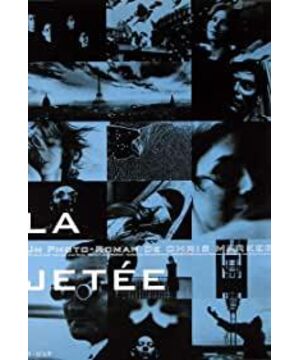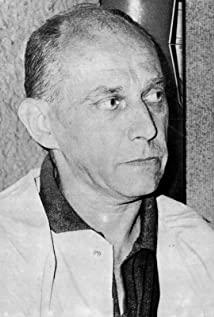Antecedent note. A very personal and loose post-view. The viewer decides for himself.
The person I liked said to me: Okay, let's go to the (museum) together if you have the opportunity... just like in "The Embankment". So I watched this short film.
The short film is beautiful. Part of the charm of the movie comes from the continuous playback and collection of all the still images, but the "slideshow" format makes this process more obvious and visible.
The director's gaze, the hero's gaze... all gazes are beautiful. Memories are also beautiful, but memories are just fragments of frames. Although in the story, people seem to be able to go back to the past and participate in the past in some way, the director still uses the form of expression to show the unsustainable and untraceable memories.
The last death of a man is a logically inevitable death. Memories cannot be returned, otherwise why bother to travel to escape the inevitable future.
For you and me in reality, it is difficult to grasp at the moment, but at least you can try to grasp it. The most unpredictable and most beautiful part of the future lies in its possibilities. And the most beautiful and most sighing memory is that the memory cannot be returned.
Memories can be easily viewed because they are always on the opposite bank, on the embankment. Just as Wang Wei's poems say, "Looking at people across the river, I don't know each other from a distance", the scenery and personnel on the other side, just stay on the other side. Sighing is also beautiful.
In the video, memories are frozen and scattered like fragments of Proust’s childhood, and the museum encounter of the hero and heroine is the highest point of happiness. The most hopeful times in life are also the most painful, and grief is the brief silence and the unresolved confusion on the lover's face. Memories form a Mobius ring, shaking off you and me who are wandering in time.
Okay, let's go to the museum together...like in "The Dyke".
View more about La Jetée reviews








